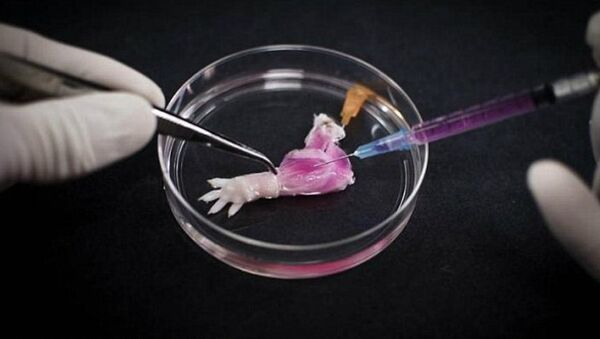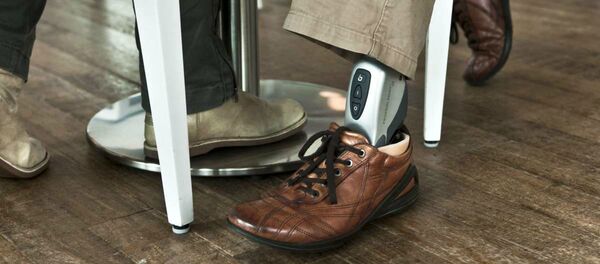The hospital researchers first removed an arm from a dead rat, they explain in a report in the New Scientist. They then treated the limb in detergent to strip away the soft tissue and leave just a framework of the limb behind.
Next, they placed the limb structure in a sort of incubator, injected it with blood vessel and muscles cells, and fed it with nutrients and oxygen.
And in two or three weeks the arm grew back, with healthy blood vessels and muscles.

In the final step, when the arm was attached to another, anaesthetized rat, blood started to flow quickly, but due to the rat being knocked out, they couldn't test for muscle function or rejection. However, when the arm (still detatched) had electric currents run through it, the paw could be clenched and unclenched.
— Regina Saphier (@ReginaSaphier) June 3, 2015
"This is the first attempt to make a biolimb, and I'm not aware of any other technology able to generate a composite tissue of this complexity," said researcher Dr. Harald Ott of Massachusetts General Hospital. He explained that though they are currently focusing on forearms and hands, "the techniques would apply equally to legs, arms and other extremities."
Currently, the options for people who have lost limbs due to disease, accident, or warfare, are usually a prosthetic limb that, while cosmetically fine, may not have any of the real functionality of a limb. Advances in bionic limbs are progressing, but they still appear quite unnatural and have limitations to their natural movements.
Though some types of transplants from a donor individual to an amputee have been performed, the fact that the tissue of the transplant comes from a different body means the recipient has to take powerful immunosuppressants — for life — to prevent rejection of the limb.
The process that created the new rat arm — called "decel/recel" — has been used previously to create various types of organs in a lab, and to create, for example, windpipe tissue that was actually transplanted into a human.
There is plenty of work left to do, the researchers said. For example, in hand transplants, nerve structures have grown in from the recipient's own nerve structures, but it is not clear how this will work for full limb transplants.



